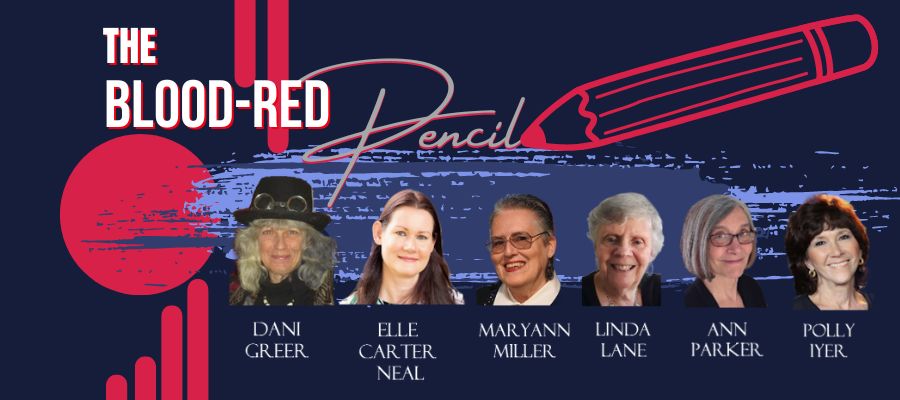When I was a kid... oh, boy, here we go. But seriously, most of us remember reading stories in school by O. Henry , Guy de Maupassant , and Edgar Allan Poe . The short story was part of my literary education from grade school through college. Later, I read short stories in magazines like the Ladies Home Journal , and regular contributor, Rosamunde Pilcher, is still one of my favorite authors. But as I grew older, novels became my entertainment of choice, and it wasn't until I got my Nook last year that I rediscovered the short story. E-books have changed reading habits for gazillions of people. Not only are we able to buy books in the blink of an eye, we can carry small libraries with us wherever we go. It's particularly convenient if one does a lot of research,and these gadgets are so smart, we can even make notes right in the books! But even better than that, we can sample lots of writing because many authors are using the short story format to introduce readers to their...
